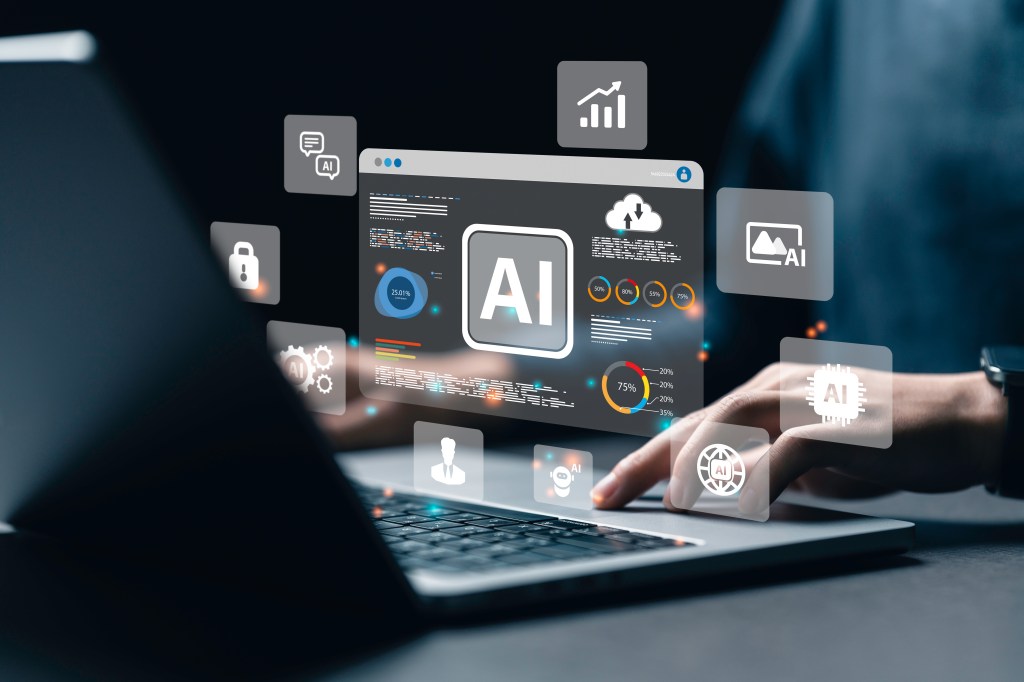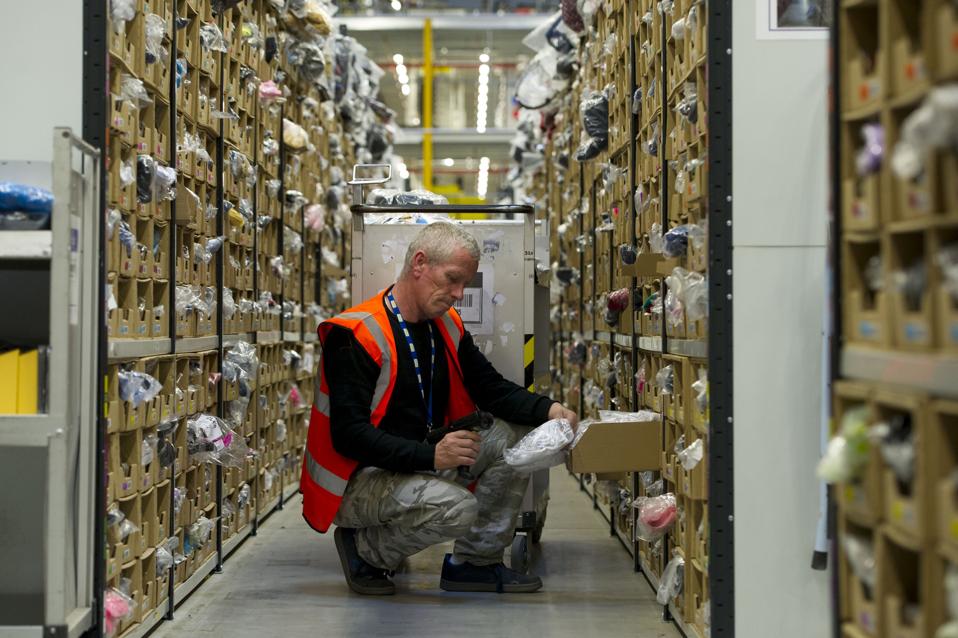While generative AI is still a relatively new technology, 2024 is emerging as a defining year as users explore powerful ways to apply it in their workday. In fact, 84% of Australians are already using AI at work, with the most common use cases found with intelligent meeting recaps and document summarisation.

However, those who push AI further to experiment with new ways to ideate, collaborate, produce content, and challenge their thinking are the ones seeing the greatest benefit. This is the tipping point where individuals – and organisations – begin to drive business value beyond individual time savings, accelerating productivity and innovation.
So, how are people using AI to reimagine the workday? At Microsoft, we talk about Microsoft 365 Copilot as the broadest reaching AI tool for work given it sits across apps like Word, Outlook, Excel, PowerPoint, and Teams—apps that many of us use all day at work. Copilot has been in the hands of Aussies for less than a year, and I’m hearing some seriously interesting use cases from our customers as well as from emerging capabilities within Copilot.
1. The prompt you should always start your day with
Whether you’re returning from holidays or simply starting your day, by asking AI to ‘prioritise my inbox and list out the actions,’ you can get a list of updates on the messages that matter and start your day with a list of prioritised actions.
I used to spend time reviewing long email chains to ensure I knew the full context and didn’t miss an action, but using AI, it is done within seconds. Being able to focus on the actions themselves, I have more time to brainstorm with my team and collaborate on projects to drive even greater impact for our customers.
2. Turning meeting recaps into collaborative workspaces
Generating meeting recaps with AI is typically where people see value first, and for many, it is an absolute game changer that they wouldn’t give up. However, advanced users are taking it further, completely reimagining how they collaborate and synthesise meeting content.
For example, Copilot can help you create a table of all the ideas discussed in a meeting, including the pros and cons, which helps to not only recap but align teams on actions. You can also prompt AI to act as a coach to recommend actions to take an idea forward or make suggestions about what help you could ask for from your leaders. With the new Copilot Pages function, I can now even turn Teams meetings into a dynamic canvas that enables collaboration in real-time and connects content from my files and the web.
Using AI in this way is more than just time savings; it’s about coaching on tone for different audiences, anticipating blockers, and engaging key stakeholders more deeply. This helps ensure you’re not missing any questions or concerns raised, which could lead to miscommunication and missed opportunities for business growth. AI is fostering a new design system for knowledge workers, but it will take effort and time to create the habit. The outcomes will be even deeper and more centralised collaboration.
3. Version control like a pro
Keeping track of version 1, 2, Final, Final_Final can be a real headache—we’ve all been there, particularly when sharing files outside our corporate network. It’s easy to lose track of what changes were made to each version.
AI helps mitigate that risk by comparing documents and highlighting differences.
For example, when negotiating a deal with a new customer, you have two proposal files but can’t recall the key differences. In OneDrive, there’s a new function where you can ask Copilot to compare files, and it will surface the key differences in a table. Likewise, you could also use this to compare external files, such as competitor annual reports or announcements. While it might sound simple, it can help eliminate human error and the manual process of comparing multiple documents. The incremental time savings add up to make a real difference to your work week.
4. AI becomes a narrative builder
Have you ever found yourself staring at a blank slide with ‘Click to add title’ and no idea where to start? And then once you have an idea of structure you spend hours designing it, adding imagery and formatting? Yeah, same.
Visual storytelling is a powerful way to present our ideas or showcase impact, but it’s not a skill that comes naturally to many. Top that with hours spent scrolling through company imagery and applying branded templates, producing a slide deck can be time consuming and complex.
But drafting a presentation is still content creation, so why can’t AI help?
PowerPoint has seen recent boosts with AI, and Copilot is now a narrative builder that helps move beyond the daunting blank slide, pulling from an organisation’s brand templates and imagery.
Imagine you’re an account manager for a juice company needing a sales pitch for a new retail customer. You ask AI to create a presentation on why organic juices suit their market, using internal research, brand imagery, and demographic data. AI can draft a narrative, lets you reorder content, and links to your organisation’s brand templates and images—complete with slide transitions and animations. Using AI this way gives you a totally different place to start in building a slide deck, with more focus on the narrative you want to land with your audience.
5. LLMs also talk to numbers
We are starting to see how finance professionals are also finding value in using AI within Excel. We know that Excel formulas, pivot tables, and conditional formatting are not the easiest to get right. I’ve spent countless hours making sure my spreadsheets are right and second guessing formulas.
With AI, instead of adding and naming a column and manipulating the data to get the answers you need, you just need ask questions as you would in an actual conversation. For example, asking questions such as, “what is the monthly revenue by product?”, AI understands the relevant data points across all tabs to surface the answer, creating a new way to manipulate data within spreadsheets.
The latest step forward in Excel has been around Python integration, which removes the coding to tackle advanced tasks like forecasting, risk analysis, and machine learning using simple commands. These tools help achieve greater efficiency but also enables people to interact with data and create spreadsheets in an entirely new way.
How is AI shaping your work?
AI is no longer just an automation tool—it’s fundamentally changing how we collaborate, solve problems, and ideate. But we’ve only just started tapping into AI’s potential, and the pace of new advancements is a reminder that we must start creating the habits today—or risk getting left behind in the new way of working. Organisations that don’t empower their people with AI tools like Copilot face the risk of declining productivity, gaps in security, and restricting innovation.
Lucy Debono is Microsoft ANZ’s Modern Work Business Group Leader.


